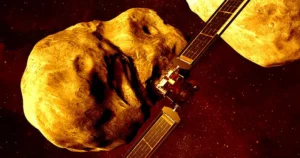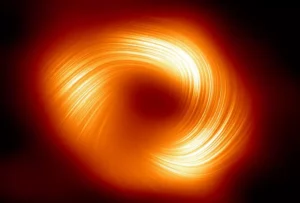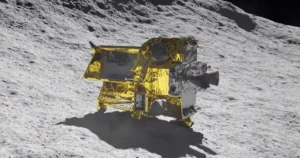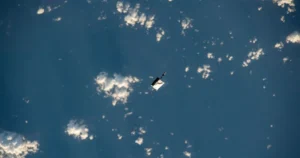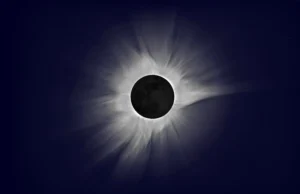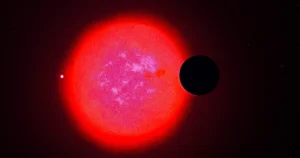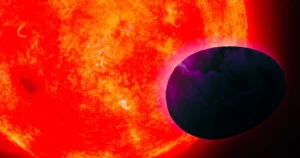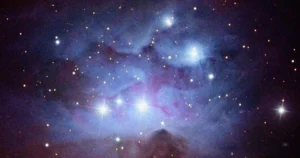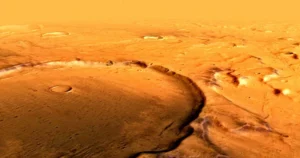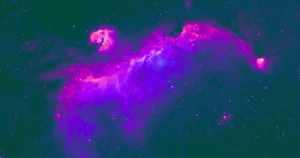NASA’s Cosmic Domino Effect: Debris Collision Threatens Mars, Unveils New Findings
In a groundbreaking test in 2022, NASA deliberately crashed its Double Asteroid Redirection Test spacecraft into the tiny asteroid Dimorphos to assess our ability to divert dangerous space rocks. The collision successfully altered Dimorphos’s trajectory, scattering boulders and dust. While these debris won’t reach Earth, they will cross Mars’ orbit. This event not only showcased NASA’s asteroid diversion capabilities but also highlighted the natural meteor storm processes occurring in the solar system and beyond.

